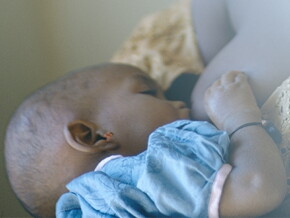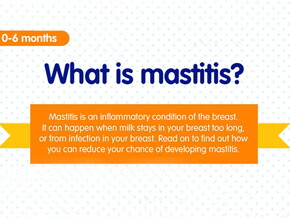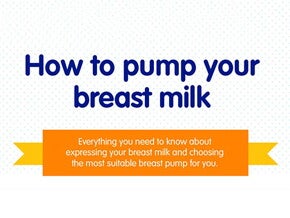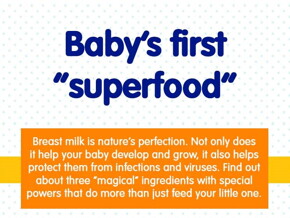
The Birth Stage
Typical hunger cues
- She will initially be calm and alert, with rapidly moving eyes.
- She will root by turning her head and opening her mouth, as you touch the corner of it with your clean finger.
- She may begin to eagerly suck on her hands and smack her lips.
- If her hunger cues are still unanswered, she’ll begin to fuss, then cry.
Typical signs of fullness
- She will no longer be interested in feeding.
- Rooting for your breast will stop.
- She will often be calm and relaxed and often fall asleep.
When your baby is about 4 - 6 months old
Typical hunger cues
- By now, you’ve learned her usual cues that let you know that she’s hungry. You’ve tuned into each other’s patterns, so trust this established communication.
- Hand-sucking may continue before becoming fussy, but it may also be a healthy way for her to self-soothe.
- She’ll feed when offered the breast, but stop if distracted and search again to resume her feeding.
- Crying is the last resort, letting you know she’s lost her patience and wants to be fed now.
Typical signs of fullness
- She pulls off the breast and moves her head away.
- She no longer shows interest when you offer the breast again.
- She’s now a much more efficient feeder and may be able to complete her feeding in just 5 to 10 minutes.
- She’ll be calm and content after her feeding.
When your baby is about 6 - 12 months old
Typical hunger cues
- Trust the pattern of communication she’s developed that lets you know she’s hungry.
- She’ll become fussy and restless.
- When offered the breast she will feed, but stop if distracted, then search again to resume her feeding.
- Crying is the last resort to letting you know she’s lost her patience and wants to be fed now.
Typical signs of fullness
- She’ll pull off the breast and move her head away.
- She no longer shows interest when you offer the breast again.
- She’s now a much more efficient feeder and may be able to complete her feeding in just 5 to 10 minutes.
- You will notice she becomes calm and content after her feeding.
GOOD TO KNOW
Recognizing and understanding the importance of hunger and fullness cues can help develop healthy eating habits.





















